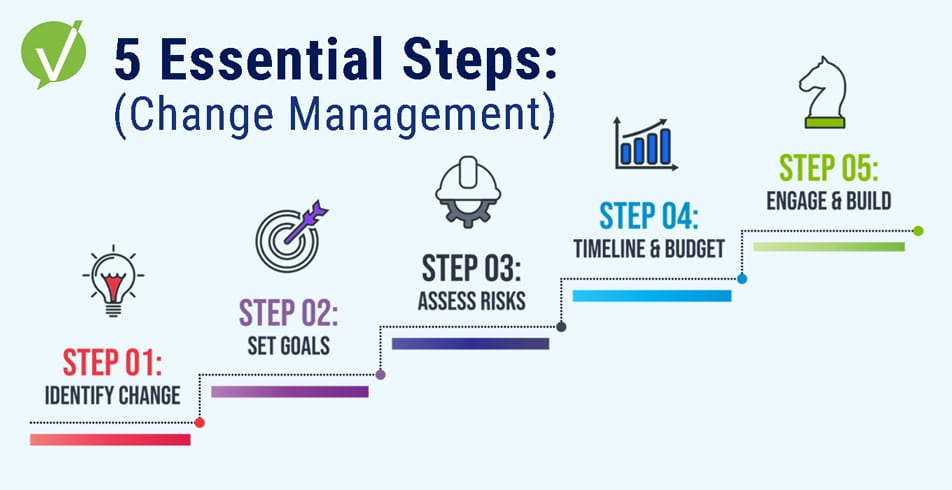IT Service Catalog: The Intersection Between Business & Technical Services
DEVELOP A SELF SERVICE SUPPORT PORTAL THAT DISPLAYS ALL BUSINESS-CRITICAL SERVICES.
Regardless if support requests are assigned to IT, finance, legal or HR, employees should be confident the right agent is handling their issue. Since employees do not know the full technical scope of their available services, they need an interface that translates their technical issues into ideas they can appreciate. So, what is the best way to display easy-to-understand business services in a one-stop-shop interface?
TWO WORDS: SERVICE CATALOG
The service catalog serves as two facets of a service operation:
- the operational piece of ITIL’s service portfolio
- the public-facing interface for employees to request services
A service catalog’s interface is built to educate an end-user on service delivery items such as service description, availability, SLAs and costs. In terms of user experience, a proper service catalog should serve as the singular nexus for all types of service requests available. All expectations should be described before a ticket submission to limit confusion.
The user interface of the service catalog focuses on displaying data related to service delivery, while the internal facing documentation provides context on strategy. Additional details are maintained such as target availability, backup, service owner (funding), service representative (business representative), criticality, OLAs and expiry criteria. This data can be used to assess whether a service should exist on the catalog.
- When designing the catalog, the following questions may be considered:
- What business need does this service address?
- Who will pay for these services?
- What are the risks and impact of service outages?
- How should we prioritize our work?
- Do we have enough resources to meet the incoming demand?
Answering these questions helps determine strategy in managing workflows to fulfill all the available services.
BUSINESS OBJECTIVES DRIVES IT SERVICE STRATEGY
Before we can discuss the technical requirements of a service catalog, we must investigate the quality criteria for which items are included in the service catalog. It’s key to take into account overarching business objectives such as revenue generation, customer impact and marketplace visibility that drive business processes.
Business services should be designed to maintain critical processes with special consideration on availability and demand. Internal technical services are designed to address the variety of events and processes required to fullfill each business service. These services may include application services, application data and the technology and infrastructure to host this data.
DEFINE KPI AND BUILD IMPROVEMENT STRATEGIES
Designing a service catalog to meet the operational requirements of an organization today is only half of the battle. Businesses are dynamic, which requires service teams to constantly benchmark the performance of each service process.
KPIs should be indicated in the Service Design Package—the ITIL-prescribed document defining all aspects of an IT service—to review the continued quality of service. As quality diminishes, the service pipeline may introduce new services or process improvements to help meet your SLAs. Teams should retire CIs when a reduced service quality no longer leads to positive outcomes and document any stakeholders who may have adverse reactions to changes.
As the scope of IT services changes, the service catalog can serve well to mask the complex processes guided by ITIL.













